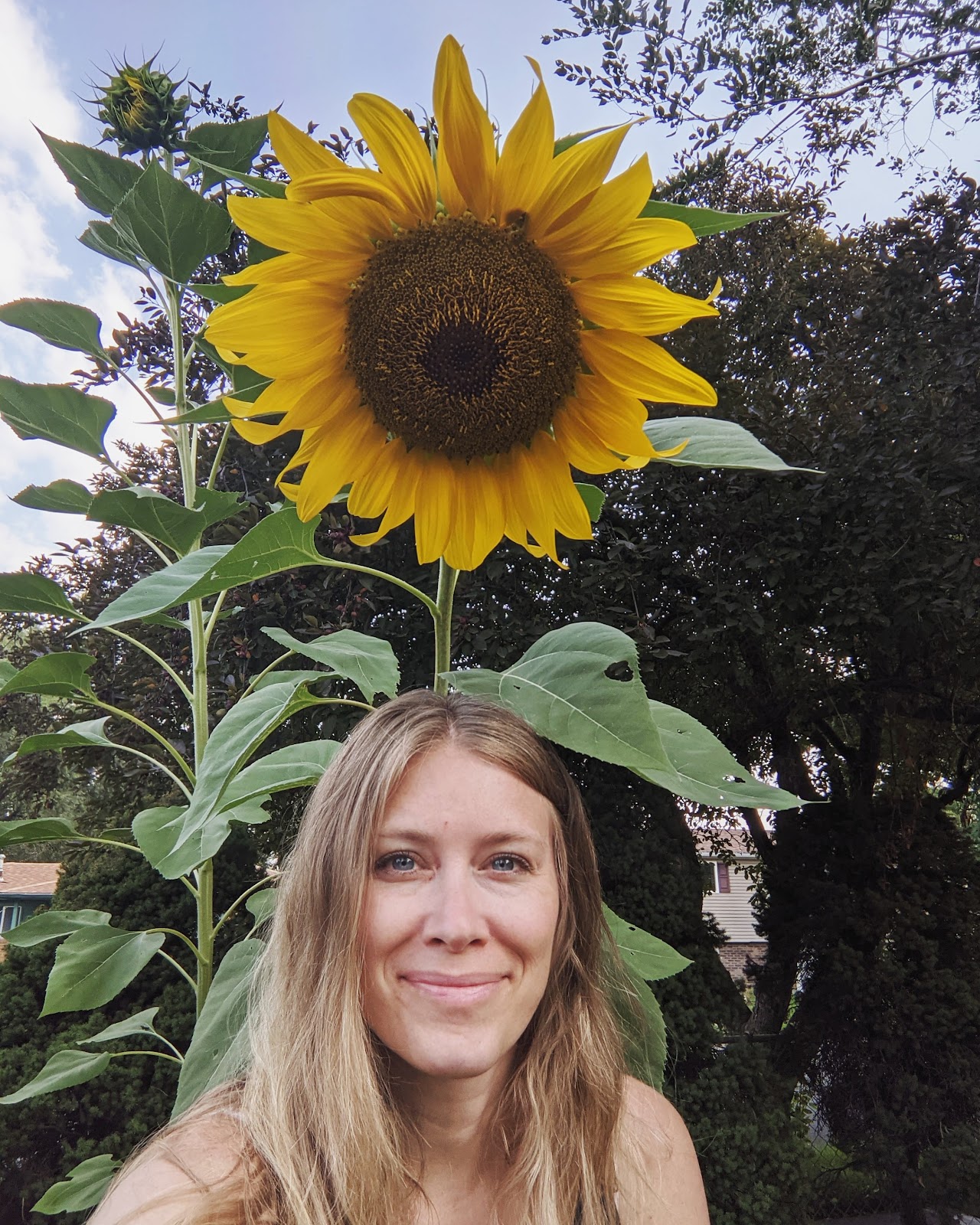HOW TO GROW ENGLISH LAVENDER
Plant Name: English Lavender (Lavandula angustifolia)
Plant Hardiness: Zones 5-8
Sun: Full sun. Make sure to select a spot that gets a minimum of 6-8 hours of direct sunlight per day.
Water: Water your English Lavender deeply after planting, but let the soil to dry out between waterings. Lavender is drought-tolerant, so you will want to avoid overwatering it to prevent root rot.
Pruning: Prune lavender in early spring to promote bushy growth and prevent legginess. Cut back about one-third of the plant's height, making sure not to cut into the older wood.
Harvesting: Once your English Lavender is ready to bloom, you can harvest it by cutting the stems just before the flowers open. For culinary use, hang them upside down in a cool, dry place to dry.
Problems: English Lavender is a pretty hardy plant, but can experience problems mostly due to excessive moisture. Dry soils will make it much happier than rich, moisture-laden soils. Also, these plants like a dry climate, similar to the Mediterranean where they originate. They will not be thrive in high humidity. Soggy winters, and temperatures down well below zero, without a protective layer of snow or a plant covering, can also harm the plant.
Sun: Full sun. Make sure to select a spot that gets a minimum of 6-8 hours of direct sunlight per day.
Planting: English Lavender prefers soil that is sandy, dry to medium, and well-drained. Also, it prefers a slightly alkaline soil, so our Utah soil is perfect for it. Dig a hole slightly bigger than the plant's root ball. Place the English Lavender in the hole, ensuring that the top of the root ball is level with or just barely above the soil surface. Space plants about 12-18 inches apart as they will get quite large as they grow.
Water: Water your English Lavender deeply after planting, but let the soil to dry out between waterings. Lavender is drought-tolerant, so you will want to avoid overwatering it to prevent root rot.
Pruning: Prune lavender in early spring to promote bushy growth and prevent legginess. Cut back about one-third of the plant's height, making sure not to cut into the older wood.
Harvesting: Once your English Lavender is ready to bloom, you can harvest it by cutting the stems just before the flowers open. For culinary use, hang them upside down in a cool, dry place to dry.
HOW TO USE LAVENDER
Lavender is used in many different ways including culinary, therapeutic and aromatic. Check out some ideas below.
Aromatherapy: Place a fresh lavender stems in a vase with other flowers for a beautiful fragrant bouquet or use them dried in potpourri to create a calming mood.
Kitchen: Lavender can be infused in syrups, desserts, and teas for a floral/herbal flavor. It goes well in baked goods, lemonades, and savory foods like roasted vegetables. Also, lavender is often one of the dried herbs in the American version of Herbs Provence (although people will tell you that's NOT supposed to be the case).
Soothing Baths: Dried lavender can be mixed into bath salts and sprinkled in the bathwater.
Herbal: Infuse lavender into oils or salves to use as a soothing and calming skin treatment.
Repellent: Make small sachets to keep in your closet or drawers to repel moths, plus they smell great!
Lavender is not just a beautiful pollinator-friendly plant, but it's also a great aromatic herb to use in your kitchen and as an herbal remedy. This drought-tolerant perennial can be a beautiful and functional addition to your water-wise garden.








Join the conversation!
Thanks for stopping by The Joy Blog! I hope you like what you have seen so far. Feel free to share your thoughts or questions in the comments. I try to respond to almost every single comment.